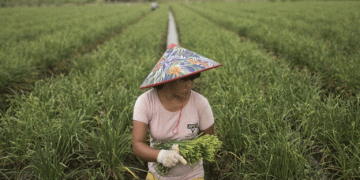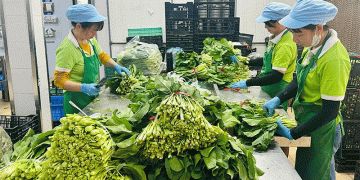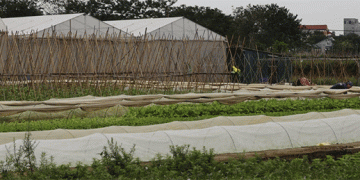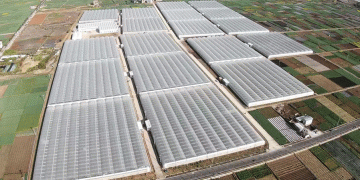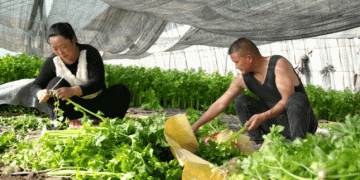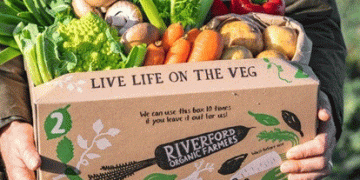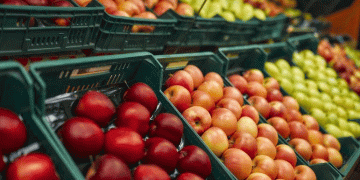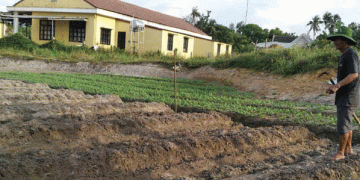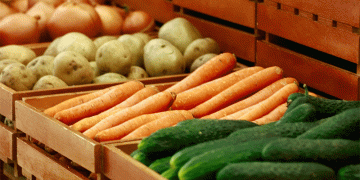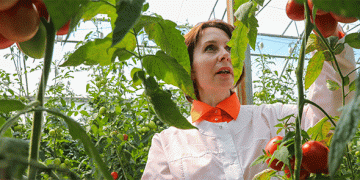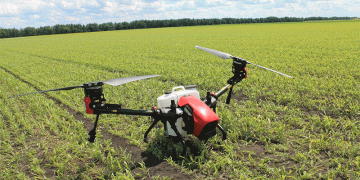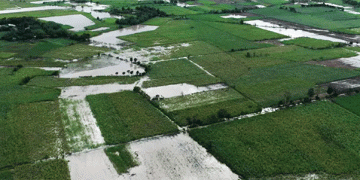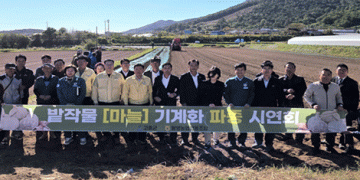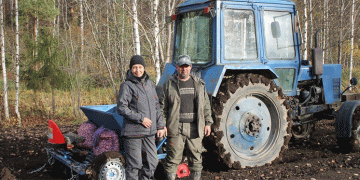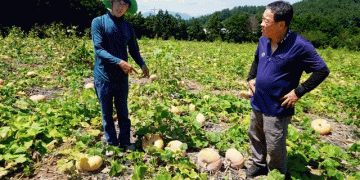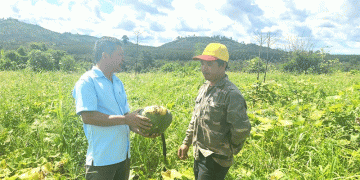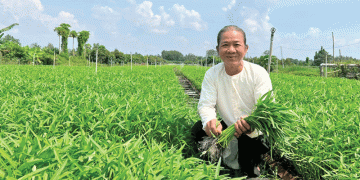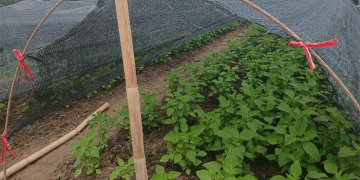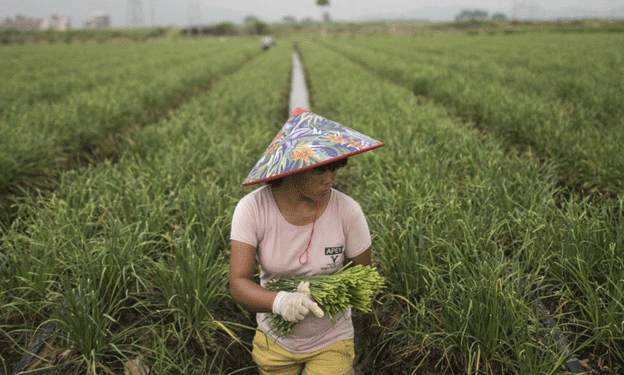In recent years, trade tensions between the United States and China have spilled over into agricultural products, with an increasing number of Chinese food imports facing scrutiny. Among the most notable are garlic, tomato paste, and chili peppers—staples that are vital to the global food supply. These items, which make up significant shares of the global market, are now at the center of a complex political and economic battle.
Garlic: A New National Security Threat?
The U.S. military has recently banned the import of fresh and chilled garlic from China to military commissaries, citing concerns over national security. This measure is part of a larger legislative framework that seeks to counter China’s growing influence in global markets. The decision follows previous claims made by U.S. Senator Rick Scott, who in 2023 pushed for bills addressing Chinese garlic imports. He alleged that garlic grown in China was fertilized with sewage and produced under unsanitary conditions, including reports of forced labor. However, scientific evidence, including reports from McGill University’s Office for Science and Society, has debunked these claims, clarifying that there is no evidence to support these allegations. Furthermore, the use of human waste as fertilizer is not uncommon worldwide and is considered a safe practice when managed properly.
Despite these findings, the U.S. farm industry lobby has raised concerns about the growing competition posed by Chinese garlic, which accounts for a significant portion of the U.S. market. The imported garlic often proves to be cheaper than domestically grown varieties, putting pressure on U.S. garlic farmers.
Tomato Paste and Chili Peppers: A Supply Chain under Fire
Garlic is not the only Chinese agricultural product facing scrutiny. Tomato paste and chili peppers from Xinjiang, a region in western China, are also coming under increasing scrutiny. Xinjiang supplies approximately 15% of the world’s tomato paste and 10% of global chili pepper production. Despite the significant role these products play in the global supply chain, their production has been linked to human rights concerns, particularly the use of forced labor from Uyghur minorities in the region.
The U.S. government has added Chinese companies involved in these industries to its Entity List, under the Uygur Forced Labor Prevention Act, in an effort to curb the influence of forced labor in global agricultural production. While these accusations have yet to be fully proven, the global demand for tomato paste and chili peppers continues to be impacted by the growing focus on labor practices and human rights issues.
Mechanization and Its Impact on Labor Practices
One critical point raised in discussions about Chinese chili pepper and tomato paste production is the degree of mechanization. Unlike some agricultural sectors that rely on manual labor, the production of these crops is largely mechanized, reducing the need for large labor forces. However, political narratives continue to target the region’s agricultural practices, blaming forced labor and other exploitative practices as the source of production.
The challenges surrounding Chinese agricultural exports are multifaceted, blending concerns over food safety, labor practices, and geopolitical strategy. As the U.S. government imposes additional restrictions on Chinese agricultural products, farmers, agronomists, and agricultural engineers are left to navigate the shifting landscape of global trade.
The rising scrutiny of Chinese garlic, tomato paste, and chili peppers is a reflection of the growing tensions between the U.S. and China, impacting not only trade policies but also global supply chains. While many of the allegations surrounding food safety and labor practices remain unsubstantiated, the geopolitical ramifications are undeniable. For agricultural professionals worldwide, these developments underscore the importance of staying informed about international trade policies and their potential impact on local farming industries. As the global food trade continues to evolve, understanding the complexities of these issues will be crucial for navigating the future of agriculture.
